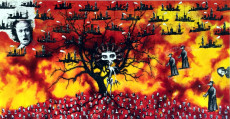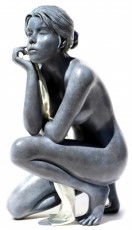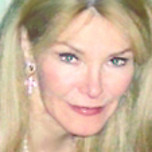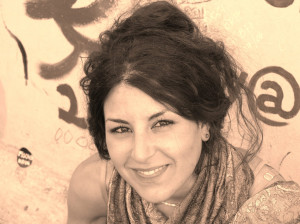
The reality of painting according to Robert Ryman

About the exhibition “Robert Ryman. The gaze in action”, on view at the Musée de l’Orangerie in Paris until July 1.
I can't help it: every time I visit a museum, I consider the possibility of one day becoming a guardian of works of art, surrounded by Beau for the duration of my working time. Silence too. I savor this prospect of ultimate peace like a good wine. Because obviously, I am aiming for a small provincial museum, far from the hustle and bustle of the big artistic events that should be “done” in big cities. A very small regional museum, sorry, we say that now. It seems that the term province, by designating everything that is not the capital, is contemptuous for French people who are not Parisians. The majority of French people, therefore. But as it is the Parisians who have decided to no longer use the term province, I don't think that deep down, the term region is much less condescending from their point of view... In short. I can see myself ending my days in a small museum in the countryside, preserving its treasures in peace. Opening its doors daily for a few parsimonious, curious visitors, happy to be there, really there.
Yes, I would like that I think. I'm sure there are soothing vibes in this kind of place. It was the writer André Blanchard (1951-2014) who opened the doors to this imagination for me when I interviewed him at the release in 2013 of his final notebooks published during his lifetime under the title “A la popular demand ". The man who prided himself on being able to be published only by Le Dilettante, as he was one himself, obviously did not lack humor with this title, only aspiring to wander through a humble gallery of the art of Vesoul to ensure minimal material security, leaving him precious time to smoke, watch his cat and write discreetly.
This is how I began to dream of this possible possibility of one day exercising the profession of guardian of works of art, when I would no longer be able to do anything other than leave the noise of the world. How we long for refuge in the middle of a storm. Like the possibility of an island. And that was precisely the job of Robert Ryman (1930-2019), who was recruited in 1953 as a room attendant at the Museum of Modern Art in New York, where he came for jazz. The man who would become the grand master of white had in fact first considered becoming a musician, a profession he had once practiced in the Navy. This was without counting the frequent attendance of the paintings of Paul Cézanne, Henri Matisse, Claude Monet, Jackson Pollock and Mark Rothko… “There, and until 1960, seated on an anonymous chair, Ryman physically understood how much painting is a business of experience, a question of space and distance, of hanging and light, of realism,” writes Colin Lemoine in his article for Connaissance des arts magazine this March. Hence the fact that the painter will refute throughout his life the epithets “minimalist” and “abstract” which always stick to him. He wanted his painting to be described as realistic, since it was a voluptuous experience. And you know who his fellow museum guards were, sharing the same indelible lesson with him? No less than Budd Hopkins, Dan Flavin and Sol LeWitt…
Robert Ryman's first pictorial experiments were entirely self-taught. Untitled (Orange Painting), a monochrome painting from 1955, will be his first work of art for sale. The one also which will confirm the painter's systematic use of the square format, "provided that it gives rise to obsessed investigations in terms of support and surface", specifies the journalist. Even if it is white that will obsess Ryman until the end of his days. This white man that Kasimir Malevich also revered so much. This white so rich in nuances. This white which, “making “things visible”, cannot be a radically abstract, strictly minimalist value,” adds Colin Lemoine, quoting the American artist.
As we have seen, Ryman's artistic training was mainly through personal experimentation and self-taught exploration. He was deeply interested in the work of contemporary artists of his time, as well as emerging movements like abstract expressionism and minimalism. But while observing the works of other artists and studying them closely, Ryman developed his own approach to painting, characterized by its simplicity, rigor, and commitment to the materiality of color and texture. Lacking traditional academic training in art, Ryman was able to create his distinctive artistic language, which would become a major force in the contemporary art landscape.
Unlike many artists of his time, Ryman deliberately avoided any form of symbolism or narrative representation in his work. He preferred to focus on the physical and sensory qualities of painting as a medium. What sets his work apart, of course, is his commitment to the color white, as he has dedicated his career to exploring the infinite shades and subtle variations of this color by applying it to varied surfaces, such as cotton , linen, paper and even aluminum. Using whiteness as a starting point, Ryman invited viewers to focus on the formal qualities of the painting, as well as how it interacts with light and surrounding space.
Although his works may appear simple at first glance, they often reveal a subtle complexity the more one focuses on them. Layers of paint, brush strokes and variations in texture create compositions that oscillate between order and chaos, unity and diversity. Each Ryman painting is a careful exploration of the aesthetic and material possibilities of painting, providing a rich and nuanced sensory experience for those who take the time to immerse themselves.
Over the decades, Robert Ryman's work has continued to exert a significant influence on contemporary artists, while sparking lively debates about the nature of art and perception. Yasmina Reza's famous and successful play, "Art", performed for the first time in 1994 and now translated into more than thirty languages, was inspired by the French playwright by seeing Robert Ryman's paintings at the director and great art collector Claude Berri.
At its core, Robert Ryman's radical and experimental practice expanded the boundaries of what painting can be, leaving a lasting legacy in the contemporary art world. And given how much his influence has endured since his death in 2019, there is no doubt that his visionary exploration of color, light and materiality does not lack power... I would like to know what the guardian of the 'a room where only Ryman's white works of art would be exhibited... In the meantime, I'm going to try to put down my little stool at the Musée de l'Orangerie to lose myself in contemplation of the “Robert Ryman. The gaze in action”.
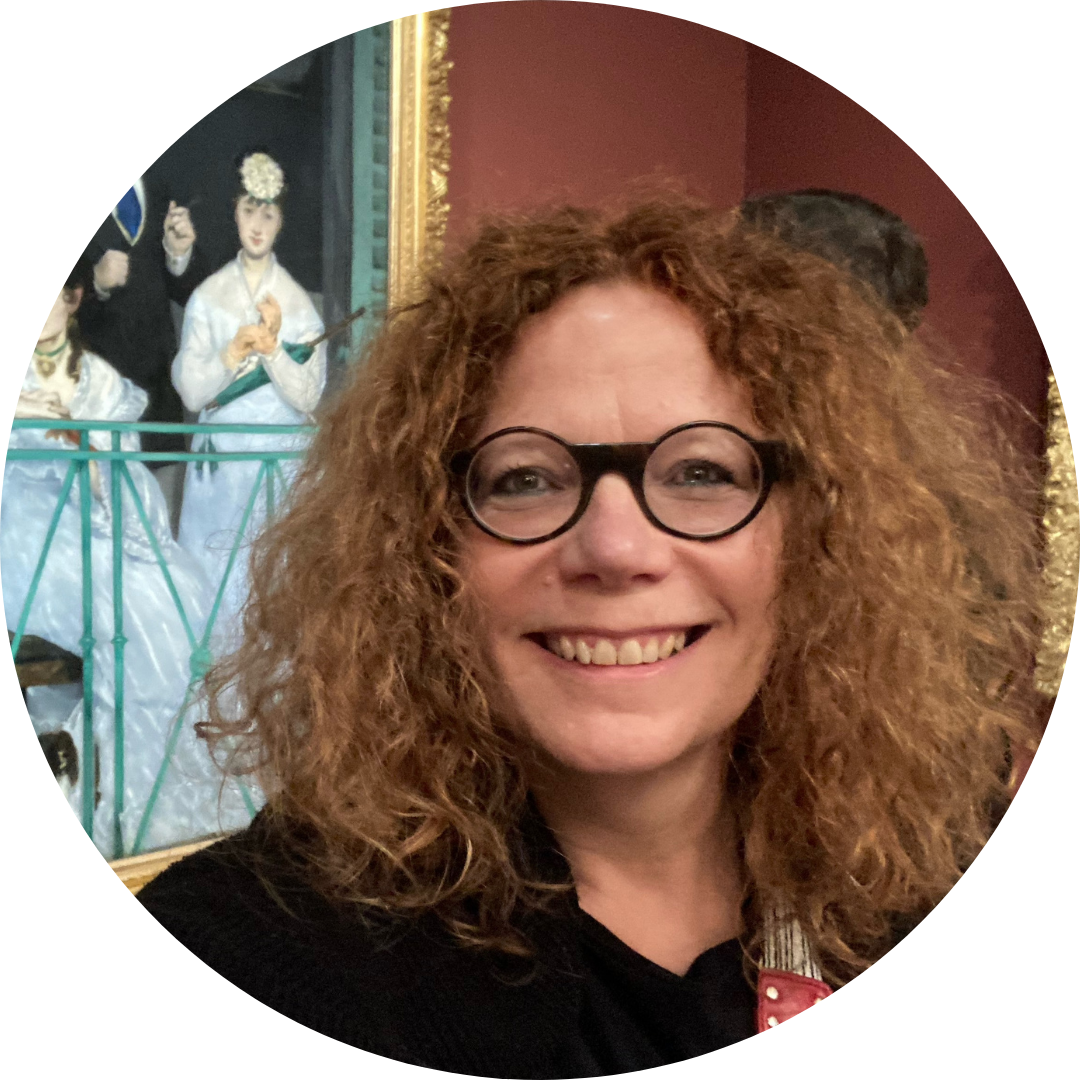 Article written by Valibri in Roulotte
Article written by Valibri in Roulotte
Illustration: Robert Ryman in front of "Concert", in his studio in the West Village in New York, 1987
© New York, Robert Ryman archives/ © 2024 Robert Ryman / Adagp, Paris



















